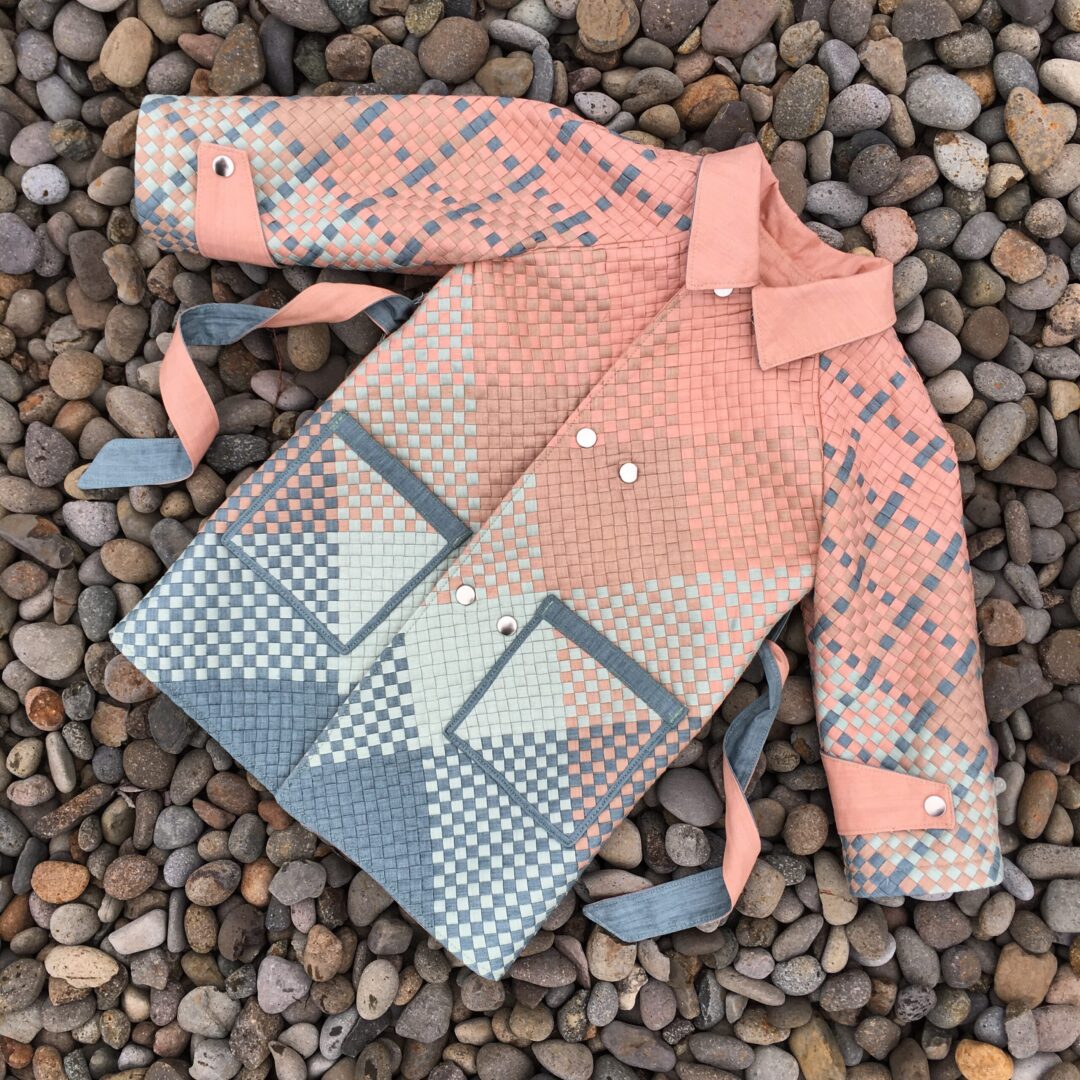
With this Woven Denim Secret Agent trench coat, it was a natural progression into finding answers to questions that I had about fabric. I’m very stream-of-consciousness when it comes to picking projects and I had recently become obsessed with fabric weaving (or meshwork). I started applying textile weaving techniques to fabric weaving and I thought that some of the plaids would look awesome in apparel. Since most woven fabric is four times the weight of the original fabric, I felt like a jacket was the most appropriate application and I immediately went to the Oliver + S website to see what they had. Lucky for me, they had this amazing Secret Agent Trench Coat that would be perfect!
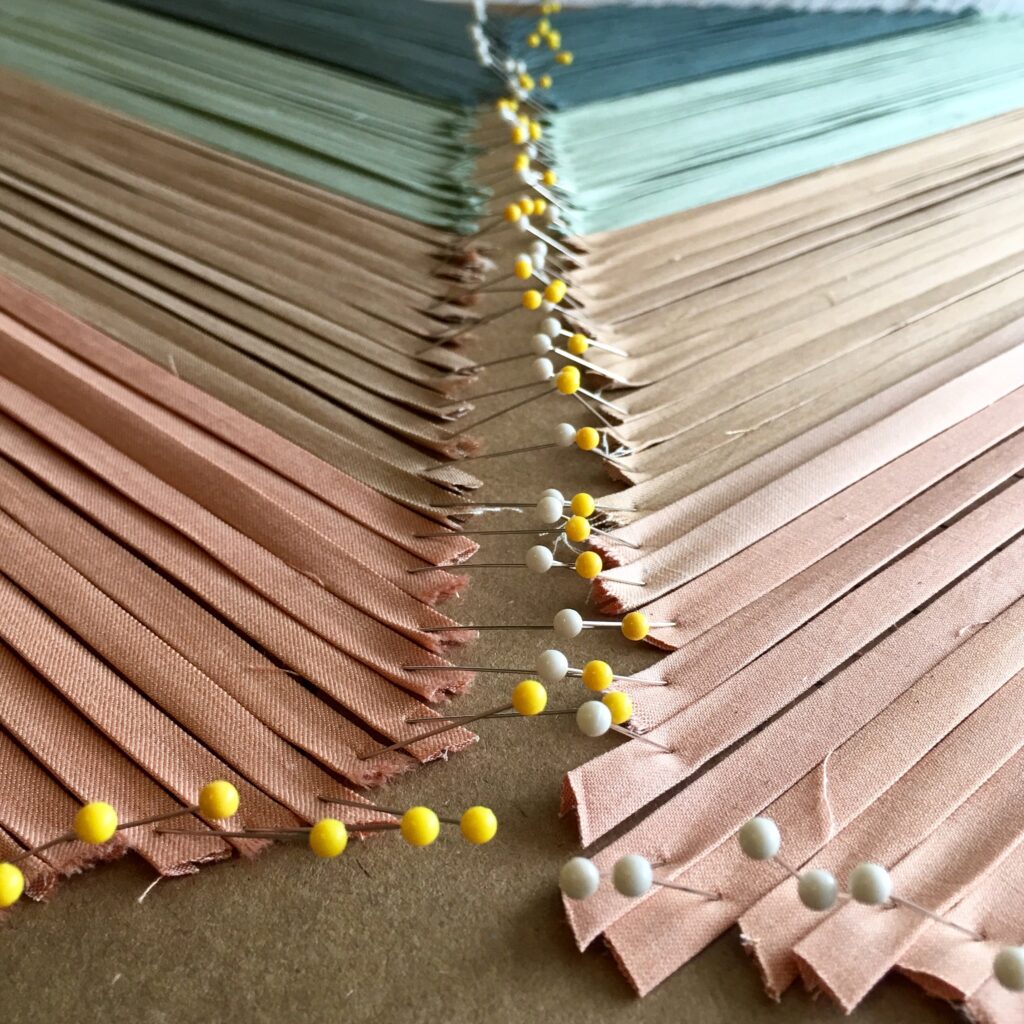
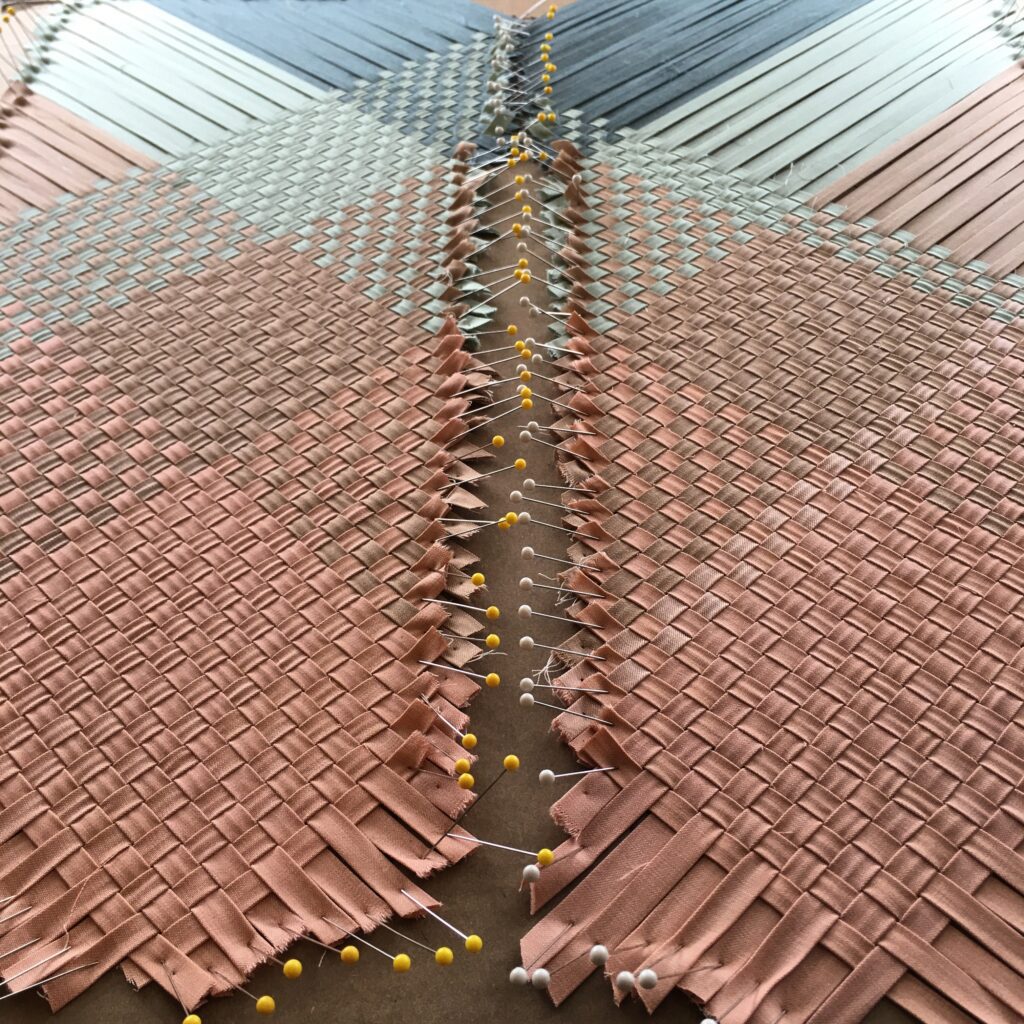
As I embarked on this project, I never even considered how much work was involved. It’s like, once I figured out how to do it, I just jumped right in without even thinking. The first thing was picking the fabric and I chose four colors from Art Gallery Fabrics’ Solid Smooth Denim: Cool Foliage, Frosted Sage, Adobe Clay and Nectarine Sunrise. The fabric is 4.5 oz, so I knew that the woven weight would be perfect for a coat. Once the fabric was picked, I sliced up one yard of each color into .75” inch strips. Next, I used a Clover Bias Tape Maker and iron to turn those strips into strips that folded in toward the center and were a little wider than .33”.
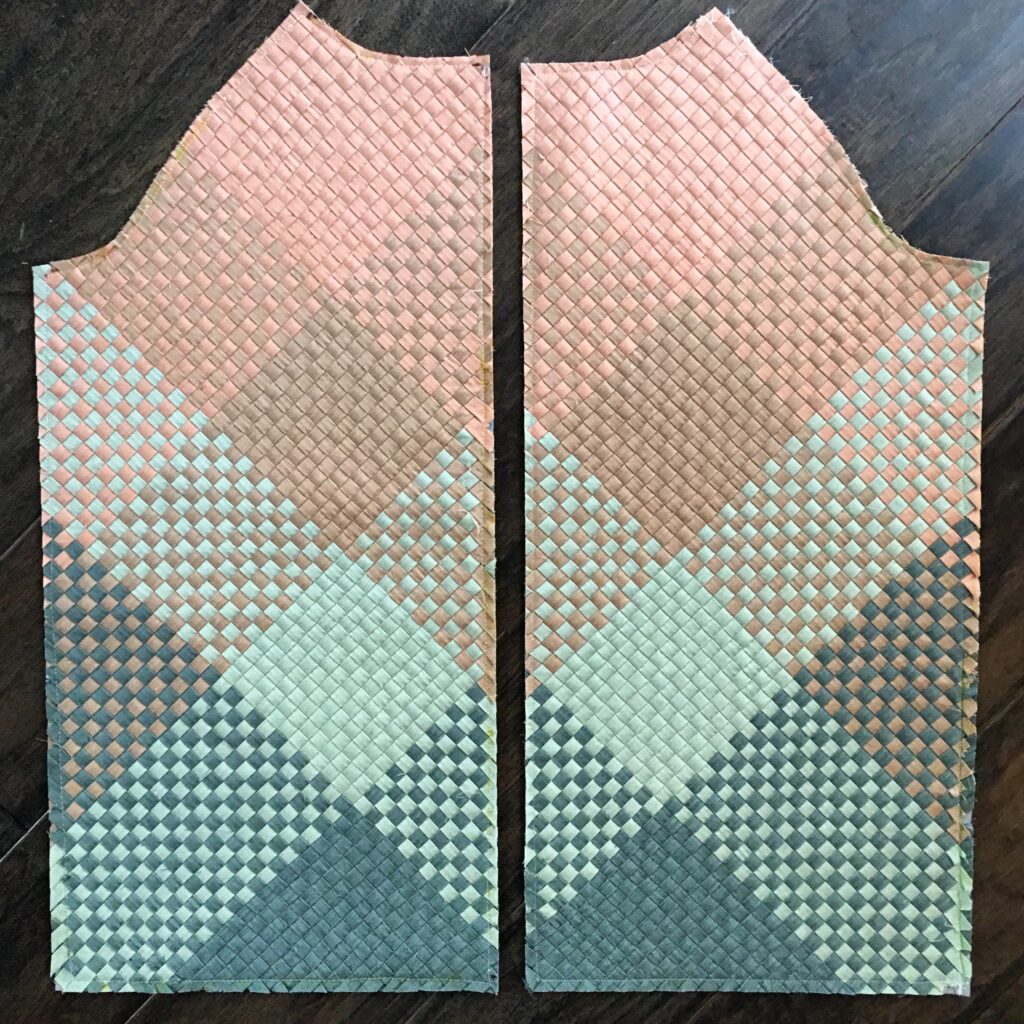
With the fabric preparation done, I needed to prepare the pattern pieces by tracing the main components onto cardboard and creating a diagonal cross-hatch pattern to ensure that the weaving was both symmetrical and precise. A friend of mine invented this needle specifically designed for weaving fabric called the WEFTY that I swear is the only reason that I’m able to weave like I do. After each panel was woven, I used either masking tape or packing tape to secure the edges before unpinning. Once unpinned, I retraced the pattern on the fabric, flipped it over to iron on fusible interfacing, and then I sewed along the pattern line and again at .25” inside of that line to fully secure each panel. Once the panels were complete, then I attached my denim needle and walking foot to my machine and followed the instructions on the Oliver + S pattern.
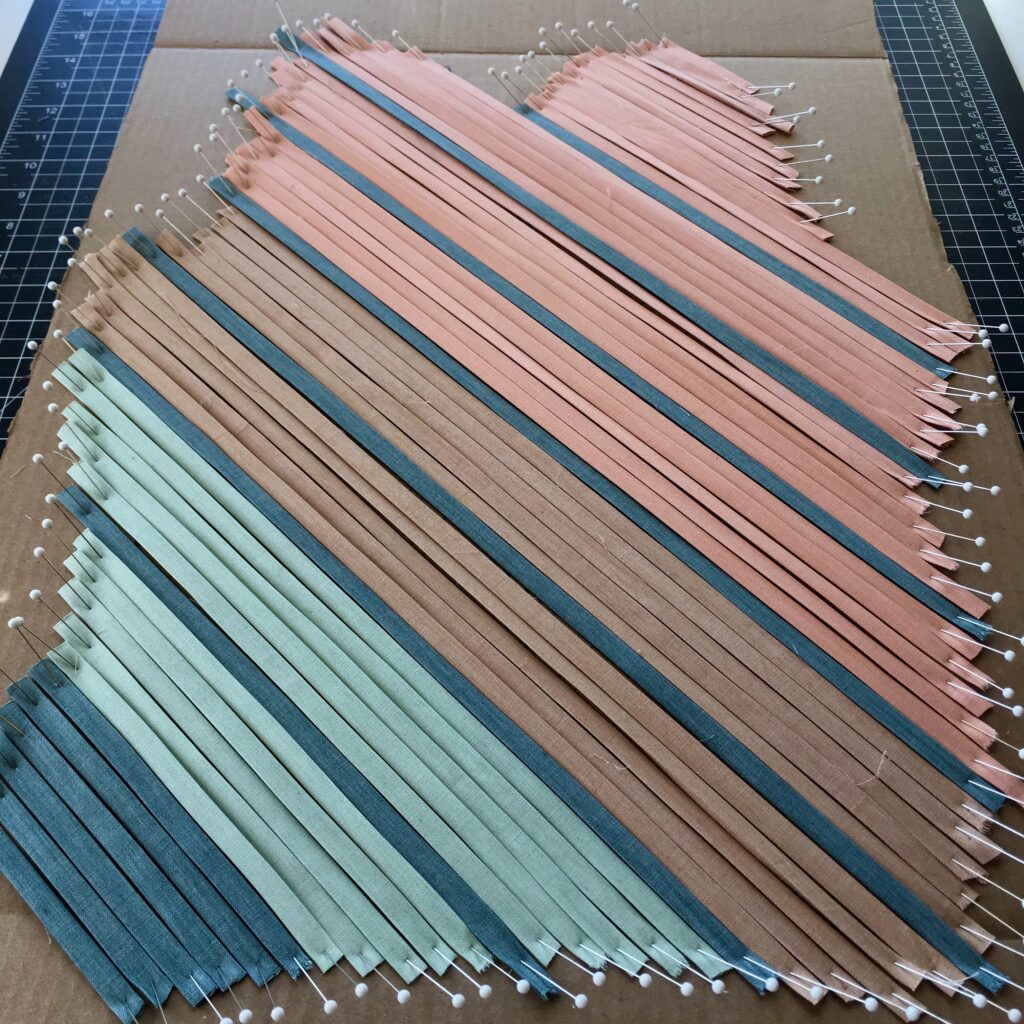
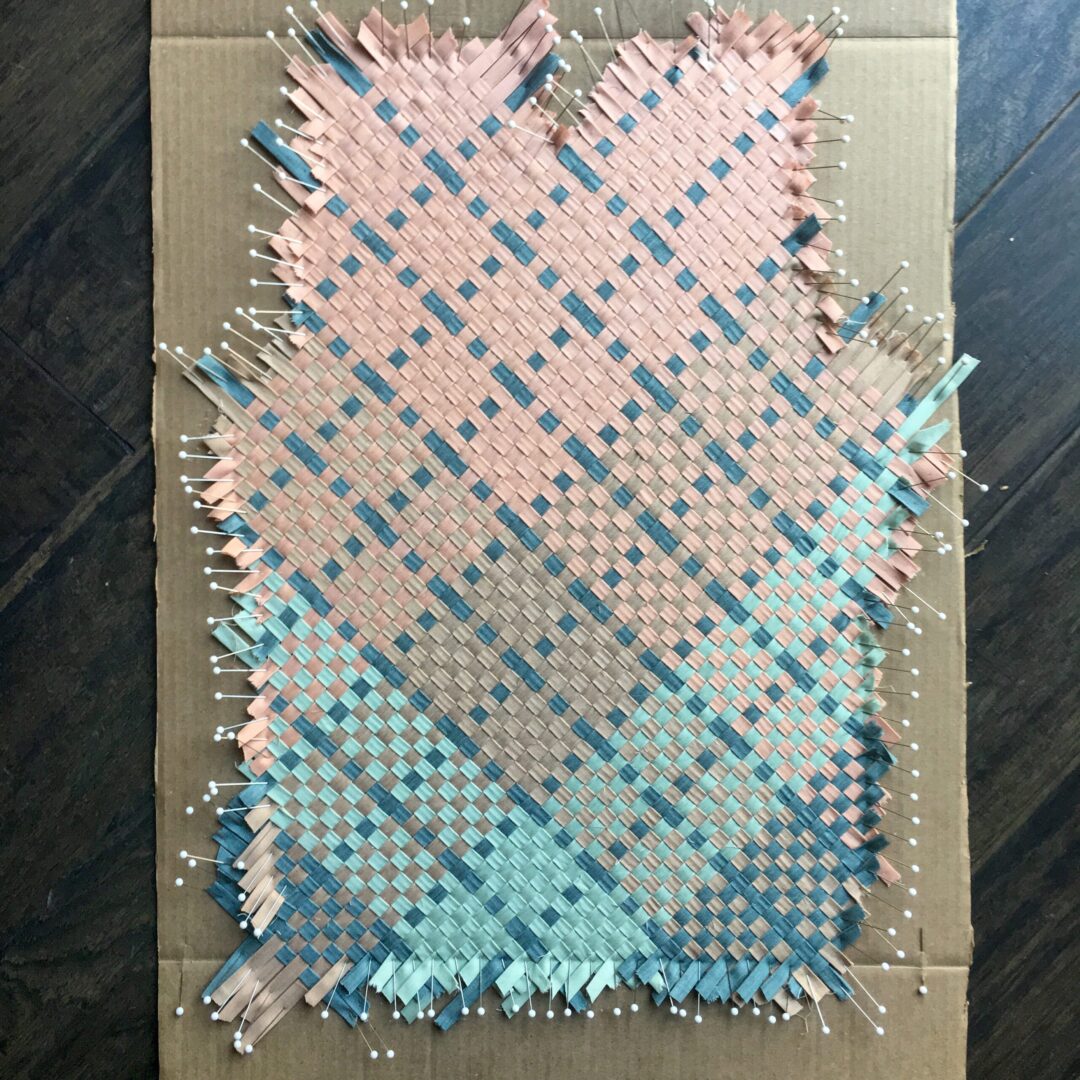
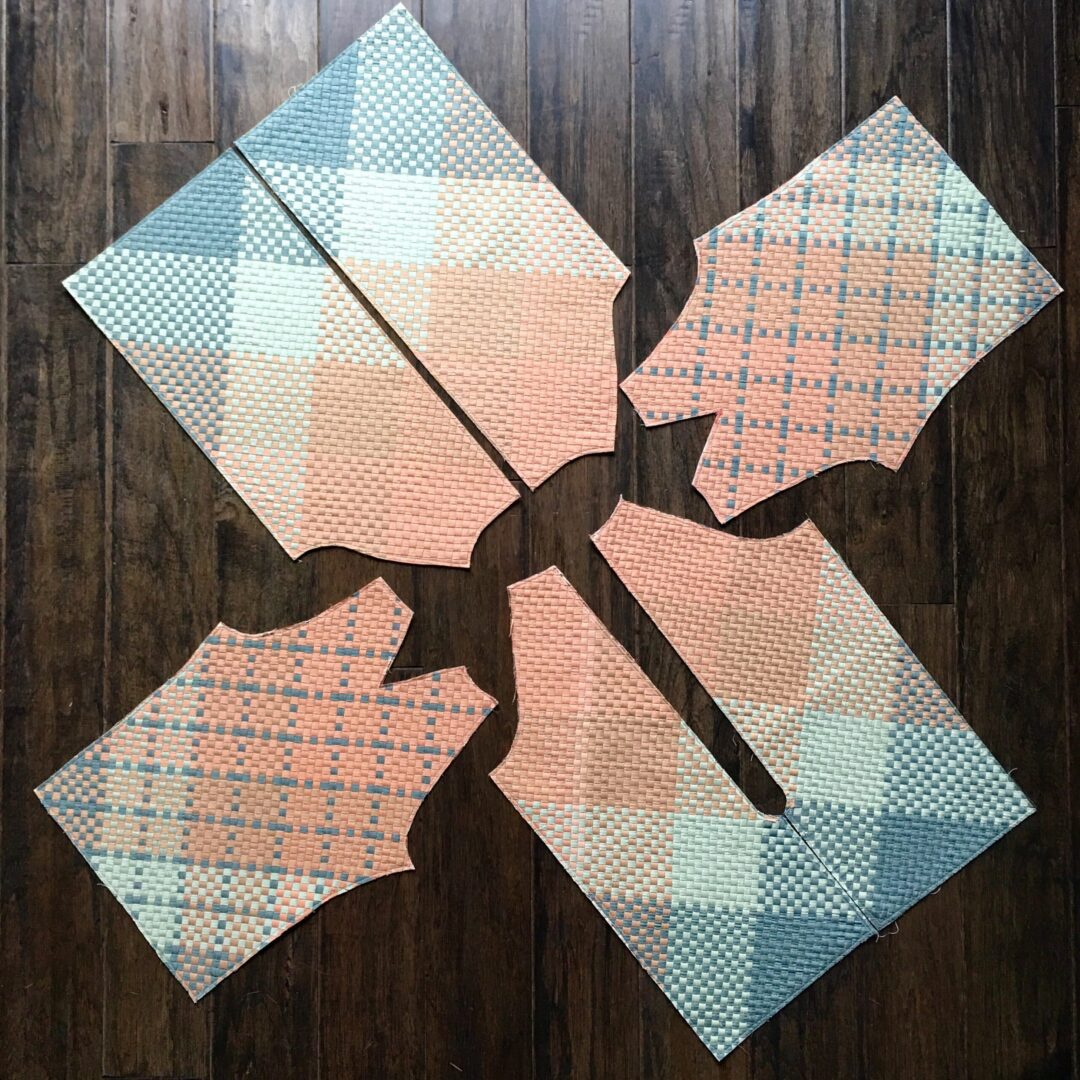
 The sewing was perfection. Having spent 100+ hours just weaving the panels, this pattern lived up to every thing I knew Oliver + S patterns to be. The pattern was easy to follow and everything matched up perfectly. With anyone who has kids, you quickly learn that sizes of clothing and patterns are often a crap shoot, so it was so super duper exciting to discover that the sizing was what I expected in a 4T, if not a little big (which is always a plus in kids clothing).
The sewing was perfection. Having spent 100+ hours just weaving the panels, this pattern lived up to every thing I knew Oliver + S patterns to be. The pattern was easy to follow and everything matched up perfectly. With anyone who has kids, you quickly learn that sizes of clothing and patterns are often a crap shoot, so it was so super duper exciting to discover that the sizing was what I expected in a 4T, if not a little big (which is always a plus in kids clothing).
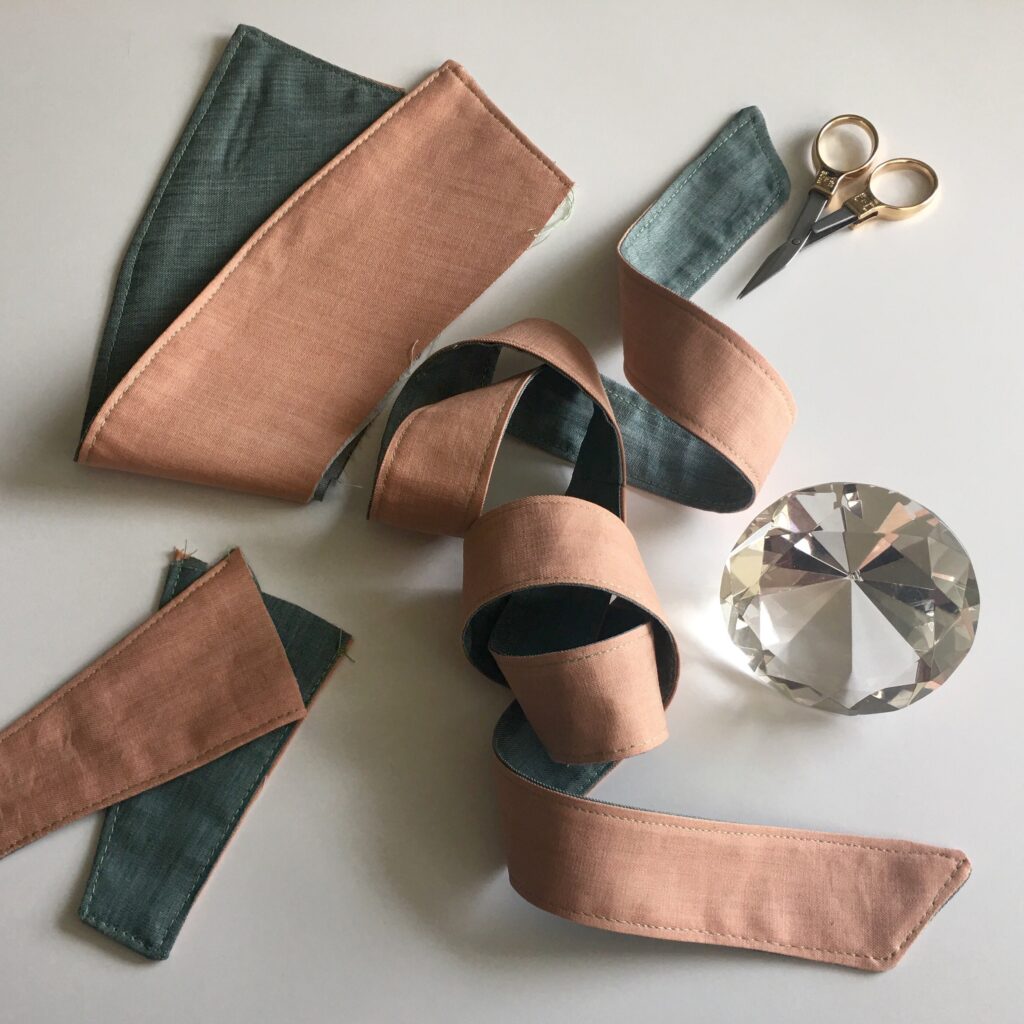
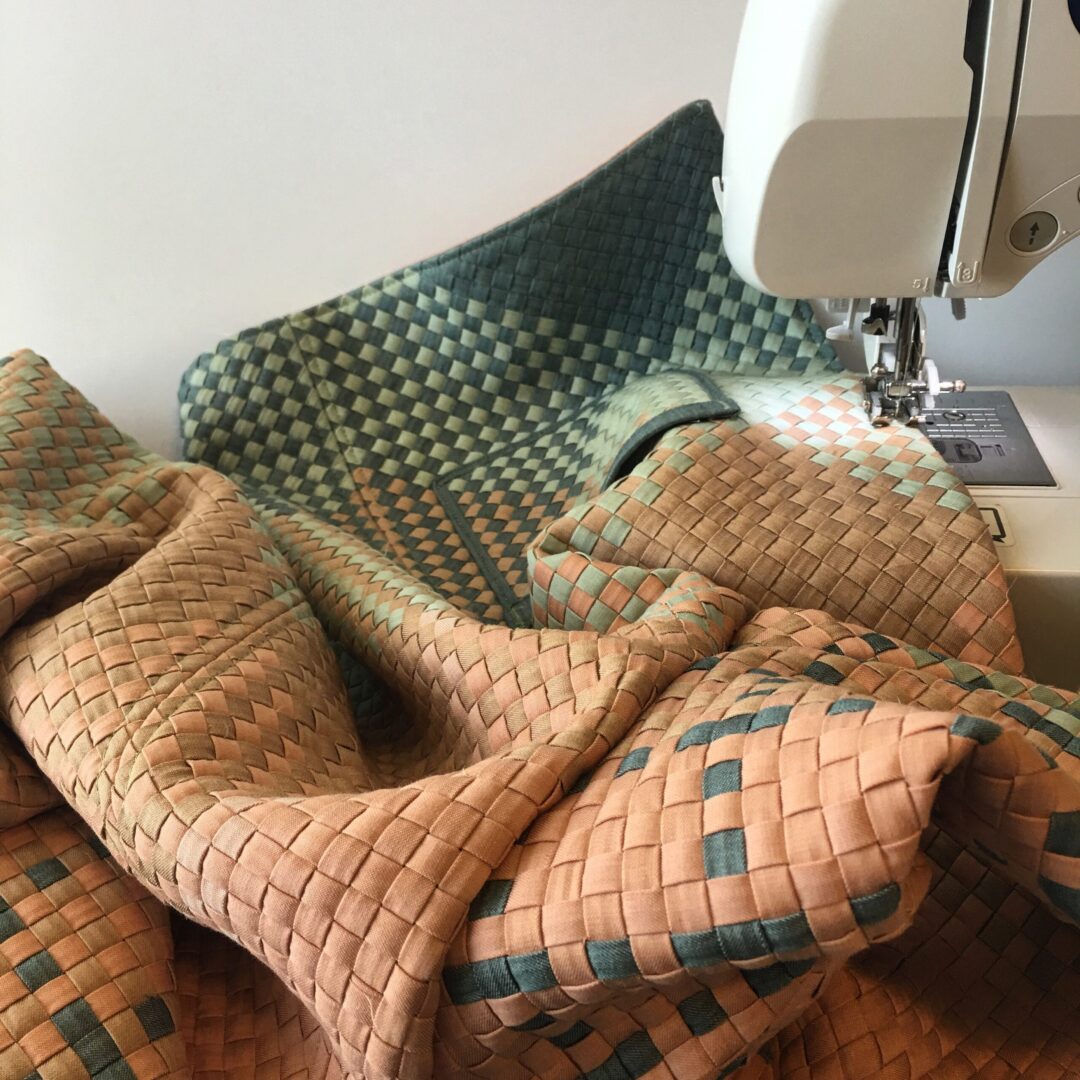
The best part of the entire project was honestly being done. There was a point while I was working on it that I couldn’t see the finish line, but, with my daughter as inspiration and with a beaming smile on her face as she watched the progress of the coat, I kept plugging along and boy am I grateful that I did. As with anything that I make for her, she helped me make design decisions in the coat and this pattern allowed for that. Even though she’s a month shy of 3, she was able to tell me that she wanted patch pockets without the flap and a slit instead of a back kick-pleat. With the versatility of this pattern and some slight alterations, I can use this pattern to make a few different coats without any of them looking the same. This will definitely be my go-to coat pattern for as long as I can use it with Helena.
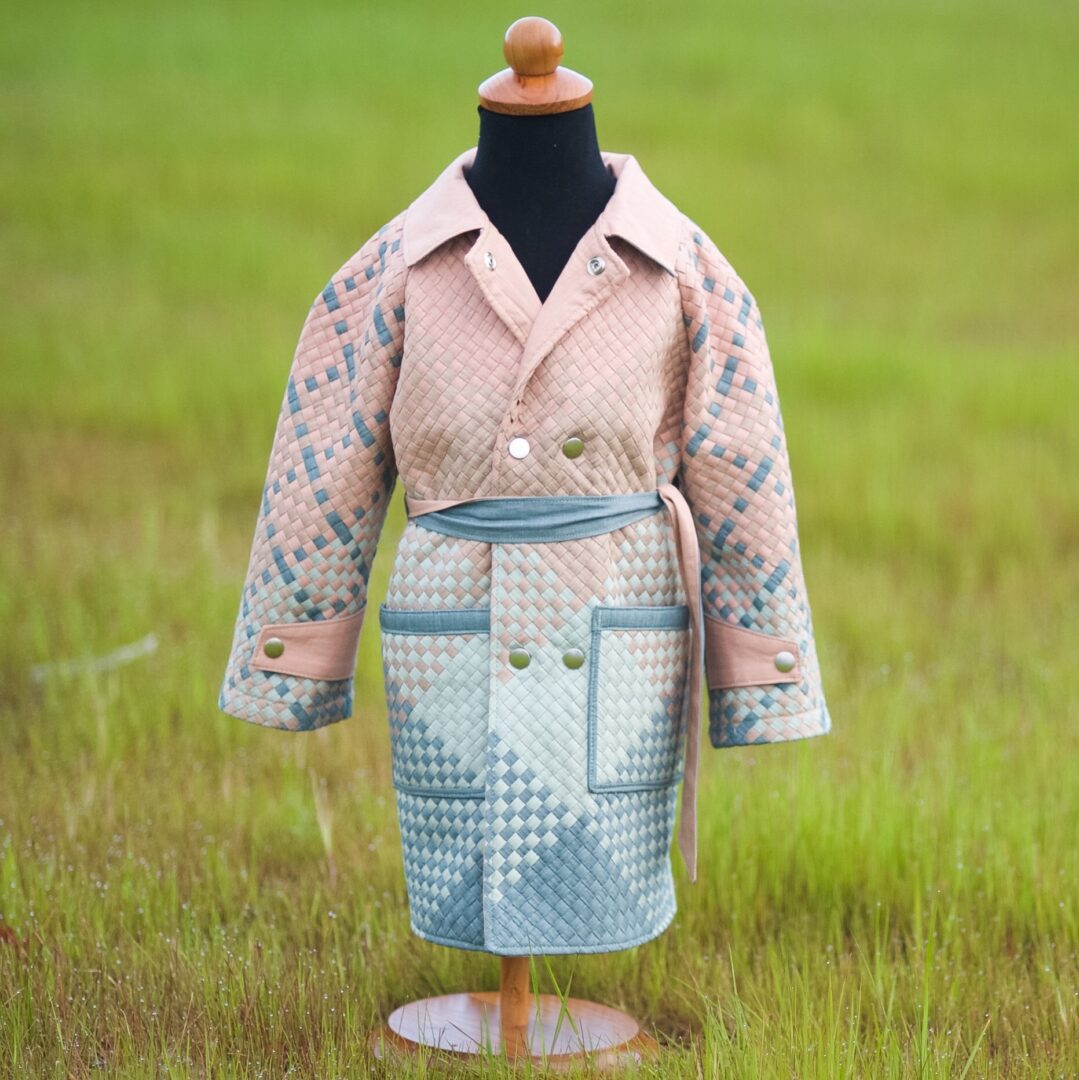
[<script id='pixel-script-poptin' src='https://cdn.popt.in/pixel.js?id=689ed060d9352' async='true'></script>]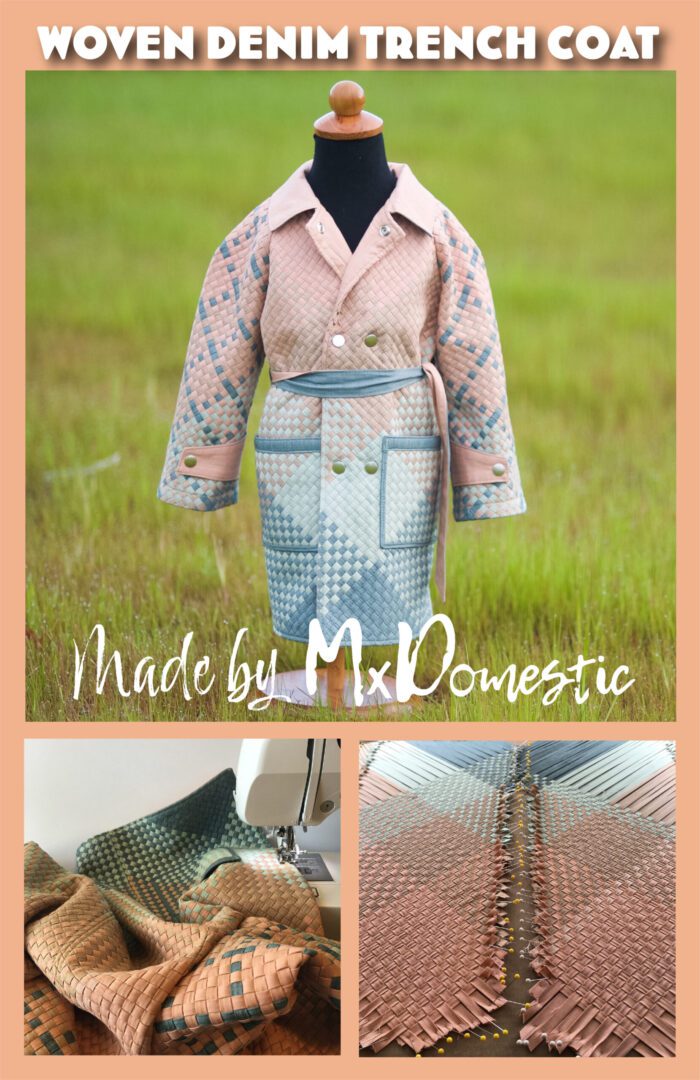

<script id='pixel-script-poptin' src='https://cdn.popt.in/pixel.js?id=689ed060d9352' async='true'></script>


waouh! Helena is a lucky girl! what an extraordinary work!
Oh, Mr. Domestic. You make this look so easy!
You’re the sweetest
What a lucky little girl! That is amazingly wonderful.
Wow! You inspire.
This is an amazing piece of art. Just had a question with regatta the strips of fabric you cut. Did you cut them on the bias or along the grain? I have an idea to recycle some old clothing and I think weaving them as you have in the pattern shape would be a perfect solution. Thanks for the inspiration.